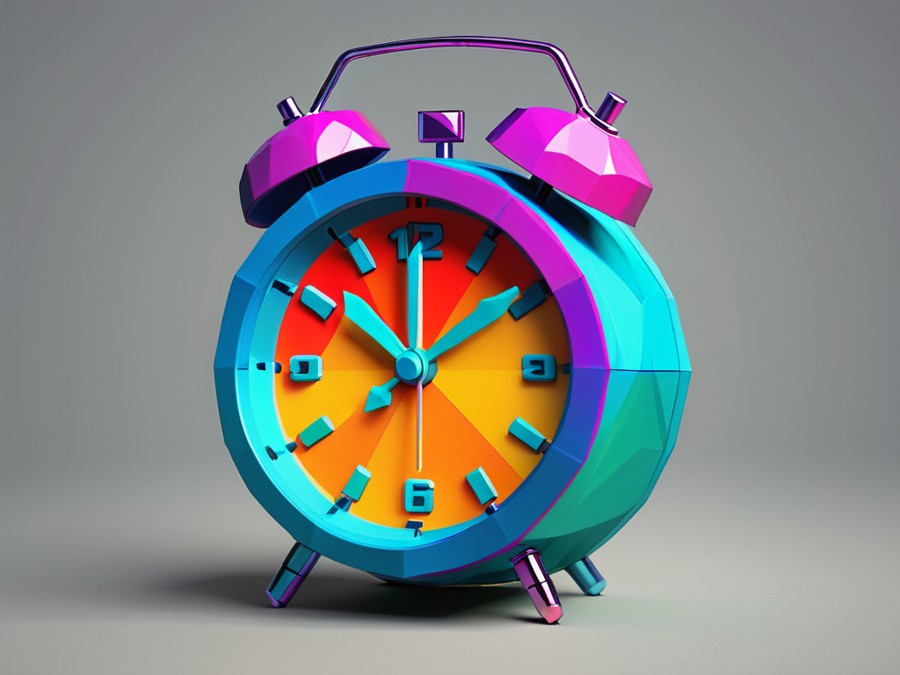· Ashley Anderson · men's health · 5 min read
When Should I Start Worrying About Osteoporosis as a Man?
This article contains affiliate links, which means that if you click on one of the product links and make a purchase, we may receive a small commission at no additional cost to you. We only recommend products and services that we believe in and think will add value to our readers.
Discover when men should start worrying about osteoporosis. Learn the signs, risk factors, and prevention tips to maintain bone health.

Osteoporosis is often thought of as a women’s health issue, but men over 40 should also be aware of the risks. As we age, our bones naturally lose density, and certain lifestyle factors can exacerbate this process. So, when should you start worrying about osteoporosis as a man? This article will delve into the problem, provide practical solutions, and offer insights to help you take control of your bone health.
Understanding Osteoporosis in Men
Osteoporosis is a silent disease that weakens bones, making them more susceptible to fractures. While it’s more common in women due to hormonal changes during menopause, men are not immune. According to the National Osteoporosis Foundation, about 2 million American men have osteoporosis, and another 12 million are at risk.
Risk Factors to Watch Out For
Several factors can increase your risk of developing osteoporosis. These include:
- Age: Bone density naturally decreases with age.
- Family History: A family history of osteoporosis or fractures can increase your risk.
- Lifestyle Factors: Smoking, excessive alcohol consumption, and a sedentary lifestyle can all contribute to bone loss.
- Medical Conditions: Certain medical conditions and medications (such as corticosteroids) can affect bone health.
Personal Experiences with Osteoporosis
I remember my grandfather, who was always active and fit, suddenly experiencing a hip fracture in his late 60s. It was a wake-up call for our family to pay closer attention to bone health. His experience underscored the importance of early detection and prevention.
Introducing the Reacher Grabber Tool: A Game Changer for Men’s Health
If you’re dealing with mobility issues or need assistance reaching items, the Reacher Grabber Tool is a lifesaver. This 31” grabber is designed to help you pick up trash, reach high places, and maintain independence.

How to Use the Reacher Grabber Tool
- Extend the Grabber: Unfold the grabber to its full length (31 inches).
- Activate the Jaws: Squeeze the trigger to open and close the jaws.
- Pick Up Items: Use the grabber to pick up items from the floor or high places without bending or stretching.
- Store: Fold the grabber back up for easy storage when not in use.
Where to Buy
You can purchase the Reacher Grabber Tool from Amazon.
Pros and Cons of the Reacher Grabber Tool
Pros:
- Lightweight and easy to use.
- Helps maintain independence.
- Reduces strain on the back and arms.
Cons:
- May not be suitable for very heavy items.
- Requires some hand strength to operate.
- Can be a bit pricey for some budgets.
Who Benefits from the Reacher Grabber Tool?
This tool is ideal for:
- Elderly individuals with mobility issues.
- People recovering from injuries or surgeries.
- Anyone who needs help reaching high places or picking up items from the floor.
Scenarios Where the Reacher Grabber Tool Shines
- Picking Up Trash: Use it to pick up litter around the house or yard without bending over.
- Reaching High Places: Grab items from high shelves or ceilings with ease.
- Assisting in Daily Tasks: Help with chores like dusting or changing light bulbs.
Step-by-Step Instructions for Using the Reacher Grabber Tool
- Unfold: Start by unfolding the grabber to its full length.
- Trigger Action: Squeeze the trigger to open the jaws.
- Pick Up: Position the grabber over the item you want to pick up and release the trigger to close the jaws.
- Retrieve: Gently pull the grabber towards you to retrieve the item.
- Store: Fold the grabber back up and store it in a convenient location.
Quick Takeaways
- Osteoporosis is not just a women’s health issue; men over 40 should be aware of the risks.
- Lifestyle factors and medical conditions can increase your risk of developing osteoporosis.
- The Reacher Grabber Tool is a practical solution for maintaining independence and reducing strain on the body.
- Early detection and prevention are key to managing bone health.
Conclusion
Osteoporosis is a serious condition that can affect men over 40. By understanding the risk factors and taking proactive steps, you can maintain your bone health and quality of life. The Reacher Grabber Tool is an invaluable aid for those dealing with mobility issues, helping you stay independent and active. Don’t wait until it’s too late—start taking care of your bone health today!
FAQs
Q: What are the early signs of osteoporosis in men? A: Early signs can include back pain, loss of height over time, and a stooped posture. Regular bone density tests can help detect osteoporosis early.
Q: How does smoking affect bone health? A: Smoking can interfere with the body’s ability to absorb calcium, leading to weaker bones over time.
Q: What lifestyle changes can help prevent osteoporosis? A: Regular exercise, a balanced diet rich in calcium and vitamin D, and avoiding smoking and excessive alcohol can all help prevent osteoporosis.
Q: When should men start getting regular bone density tests? A: Men over 50, especially those with risk factors, should consider getting regular bone density tests.
Q: How does testosterone replacement therapy affect bone health in men? A: Testosterone replacement therapy can help maintain bone density in men with low testosterone levels.
Share this article with other men over 40 to raise awareness about osteoporosis and the importance of bone health. Together, we can take proactive steps to maintain our well-being and independence as we age.




